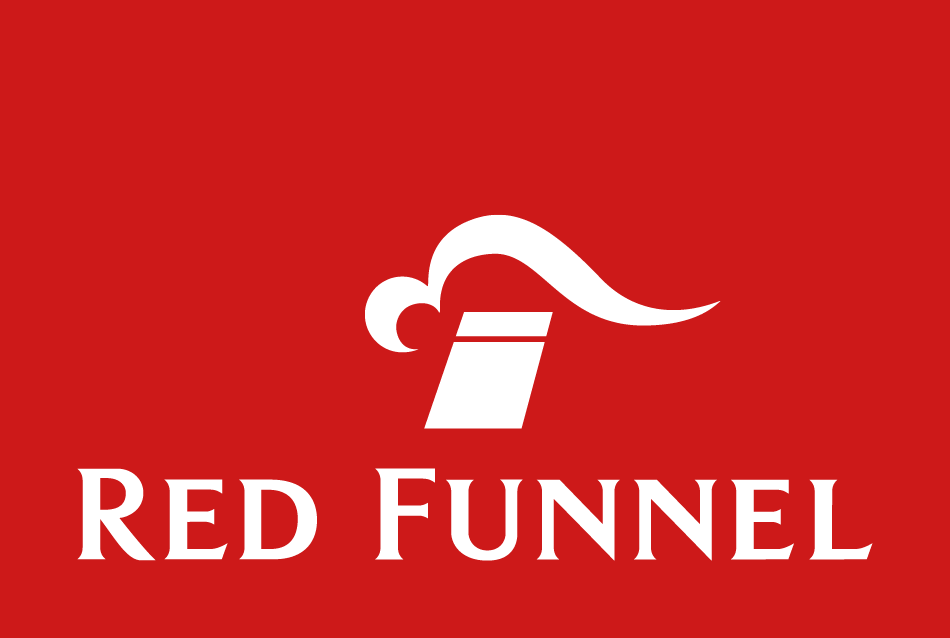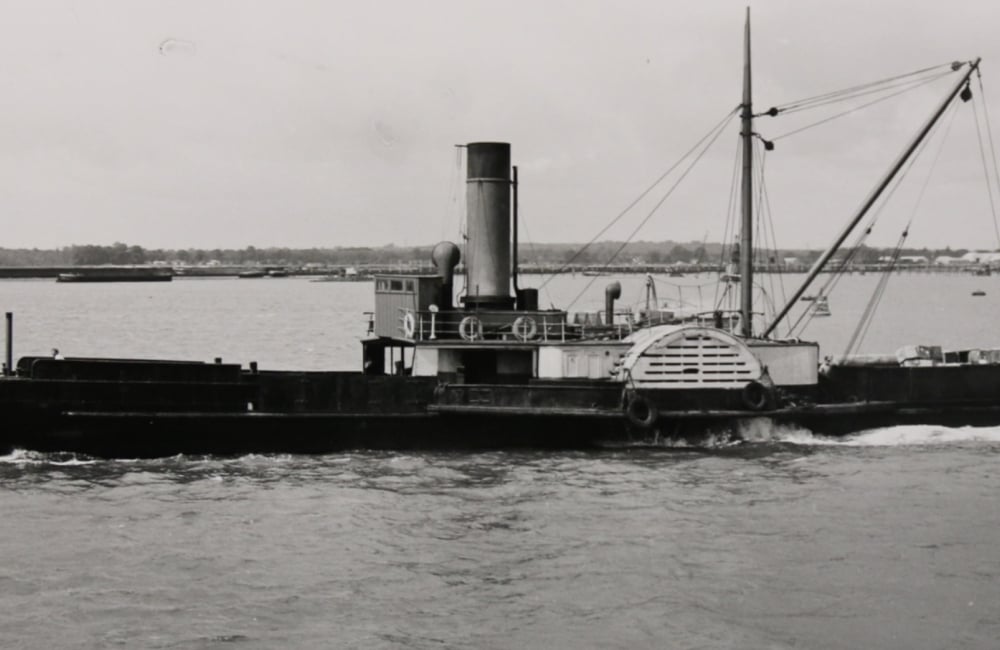Tracing our roots back to when it all started in 1820, our company timeline provides an at-a-glance snapshot of important milestones and key dates in Red Funnel’s history.
A high speed service is re-introduced using Italian built hydrofoils to counteract a hovercraft service started in 1966 between Southampton and Cowes by British Rail's Seaspeed Ltd. The latter is withdrawn in 1981 and the Cowes to Woolston Shipyard commuter hovercraft service is acquired in the same year.
Red Jet 4 is launched in Cowes by Dame Ellen MacArthur on 18th June and enters service on 23rd June. The Board approves an £11m 'stretch' project for the raptor vehicle-ferry fleet. Contract awarded to Remontowa, Gdansk, Poland. Project to take 3 months per vessel and involves insertion of new mid-section and additional vehicle deck. Post-refit vehicle capacity increases by some 60%. (Red Osprey Sep '03 - Dec '03; Red Falcon Feb '04 - Apr '04; Red Eagle Dec '04 - Mar '05)
The company celebrates 50 years of continuous hi-speed service, which originally began in 1969 with Italian-built Shearwater hydrofoils. MV Red Kestrel also joined the fleet in this year as Red Funnel's dedicated freight-only ferry, built by Cammell Laird in Birkenhead, while Red Jet 3 departed for Croatia after being sold to Adriatic Fast Ferries.
After two decades of service, Red Jet 4 is sold to Nam Hae Express Co, a leading ferry company in South Korea. Meanwhile, Red Funnel and Artemis Technologies announce the first zero-emissions high-speed vessel between the South Coast and the Isle of Wight - an e-foiling, passenger ferry set for construction in late 2025.


